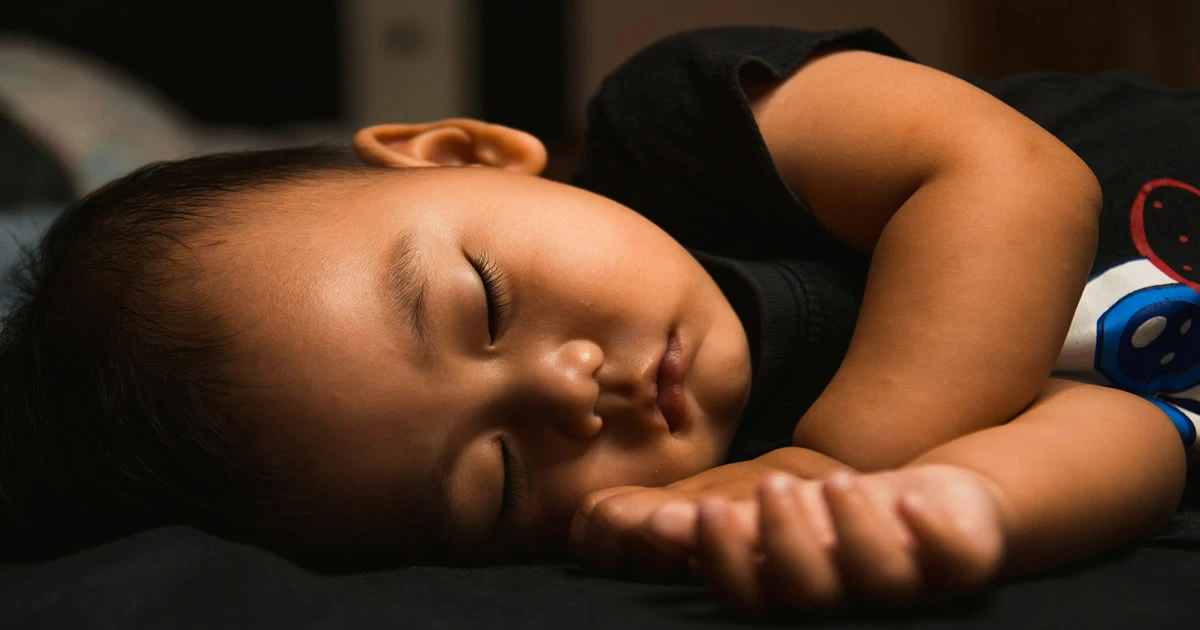
Blog #11: Sleep in Early Childhood Settings
For young children, quality sleep is critical for health, development, and wellbeing. Healthy sleep is dependent on the quality of sleep, but also the quantity and regular sleep routines. The Sleep Foundation reports that at 4 years of age, 60% of children still nap during the day. For most children attending early childhood education settings, sleep forms part of the daily program, alongside rest and relaxation. Within the daily program, sleep impacts how children experience their day, and have capacity to learn and regulate their emotions. For this reason, it is important to understand requirements for healthy sleep in early childhood settings.
Regulatory Requirements for Early Childhood Settings
In line with the Education and Care Services National Regulation (regulation 84A), services “must take reasonable steps to ensure that the needs for sleep and rest of children being educated and cared for by the service are met, having regards to the ages, development stages, and individual needs of the children”. Further considerations outlined by the Australian Children’s Education and Care Quality Authority (ACECQA, 2019) include:
- If a child requests a rest, or if they are showing clear signs of tiredness, regardless of the time of day, there should be a comfortable, safe area available for them to sleep or rest.
- Look for and respond to children’s cues for sleep (e.g., yawning, rubbing eyes, disengagement from play, crying, decreased ability to regulate behaviour, and seeking comfort from adults).
- It is important that opportunities for rest and relaxation, as well as sleep, are provided.
- Policies and procedures are consistent with current health guidelines on best practices from recognised authorities such as Red Nose Australia and Kidsafe Australia (e.g., removing a comforter from a cot as soon as a child is asleep).
At times, parents and caregivers may request their child be kept awake during the day or educators wake them during sleep after a certain amount of time. If a child is struggling to stay awake or has fallen asleep outside of scheduled sleep or rest times, it is a requirement for educators to be responsive to the child’s cues, signs of tiredness, or inability to stay awake, and to provide a safe area for them to sleep regardless of the time of day. While services will also be responsive to requests from parents and caregivers, decision-making is child-centred and responsive to children’s cues and needs.
How much sleep?
Babies and toddlers who sleep for two hours or more during the day have developed healthy sleep habits where they are able to resettle themselves as they come out of lighter sleep in the final 10 minutes of the first sleep cycle. For toddlers, a sleep cycle is usually 60 minutes and for babies 45 minutes. The habit of resettling carries into adolescence and adulthood, with adults usually stirring in light sleep every four hours and resettling (e.g., rolling over) to sleep through the night.
Information from the Sleep Foundation emphasises that waking a child during a sleep cycle impacts deep sleep which is critical for the body and brain to grow and rest. Lighter sleep or REM (rapid eye movement) sleep is also critical as this is when the brain works through information gathered during the morning or day, usually in the form of dreaming.
Research tells us the quantity of sleep children need depends on age, temperament, and developmental differences. Newborns typically sleep 16 – 18 hours a day, and babies sleep 12 – 16 hours a day, including naps. Toddlers need 11 – 14 total hours including naps, and children aged 3-5 years, 10 – 13 total hours. By 3 years of age most children will have only 1 nap a day. With the change from two naps to one, the first nap may get longer and later in the day.
With developmental changes occurring rapidly for children aged 1-3 years, their relationship with sleep changes during this time. Sometimes, as part of typical development, toddlers will resist bedtime at night, settling for sleep, and sleeping through the night. These behaviours can be interpreted as sleep problems, but the timing aligns with developmental changes and toddlers practising independence and testing boundaries.
Up to 4 years of age, napping is usually essential for children to obtain sufficient sleep in a 24-hour period, with additional benefit for concentration, memory, learning, and emotional regulation. For children who no longer sleep during the day, occasional naps may still be necessary in response to growth spurts, changes in routine, or life events that can impact regular home routines such as the arrival of a new baby or recent travel. As part of the kindergarten year, children usually transition from sleep in Terms 1 and 2, to rest and optional rest in Terms 3 and 4 in preparedness for school, although educators are always responsive to a child’s cues, signs of tiredness, or inability to stay awake.
With long day care settings usually operating 10-12 hours per day, affordances for children to sleep, relax, rest, and recharge is a priority. In group learning environments, regular sleep routines, responsiveness to individual children’s cues, and indoor and outdoor environments with quieter spaces for rest and relaxation are critical for children’s health and wellness. To support quality of sleep, emotionally available educators build trusting relationships with children to ensure a sense of security. Educators also follow children’s cues and input for families about children’s preferred sleep settling practices.
Tips for Bedtime Routines
Pam Linke, a social worker and consultant in early childhood and parenting provides suggestions for families about bedtime routines and responding to bedtime difficulties.
- Give children time to wind down with quiet play rather than TV and bright lights. Aim for 20-30 minutes before bedtime for winding down.
- Provide children with some special one-on-one time with a parent/carer at bedtime, just talking or doing something quiet.
- Keep a bedtime ritual, including weekends. Consistency is key. Let children know it is bedtime and set age-appropriate expectations.
- Leave a light on (make sure it is a soft, red light—other colours, especially white or blue, can interfere with sleep hormones).
- Let children have a comforter if it helps them to settle.
- Use white noise or play soft music at a low volume.
- Leave the door open.
Sleep, rest, and relaxation periods for children are an essential part of the daily program in early childhood education settings. Educators play an important role in providing adequate sleep and safe sleeping practices for young children. For parents and caregivers, it is helpful to provide information about your child’s sleep cycles at home and how your child slept overnight. This information assists educators to support healthy sleep patterns within the daily program.
Dr Melinda Miller
Director of Early Learning


